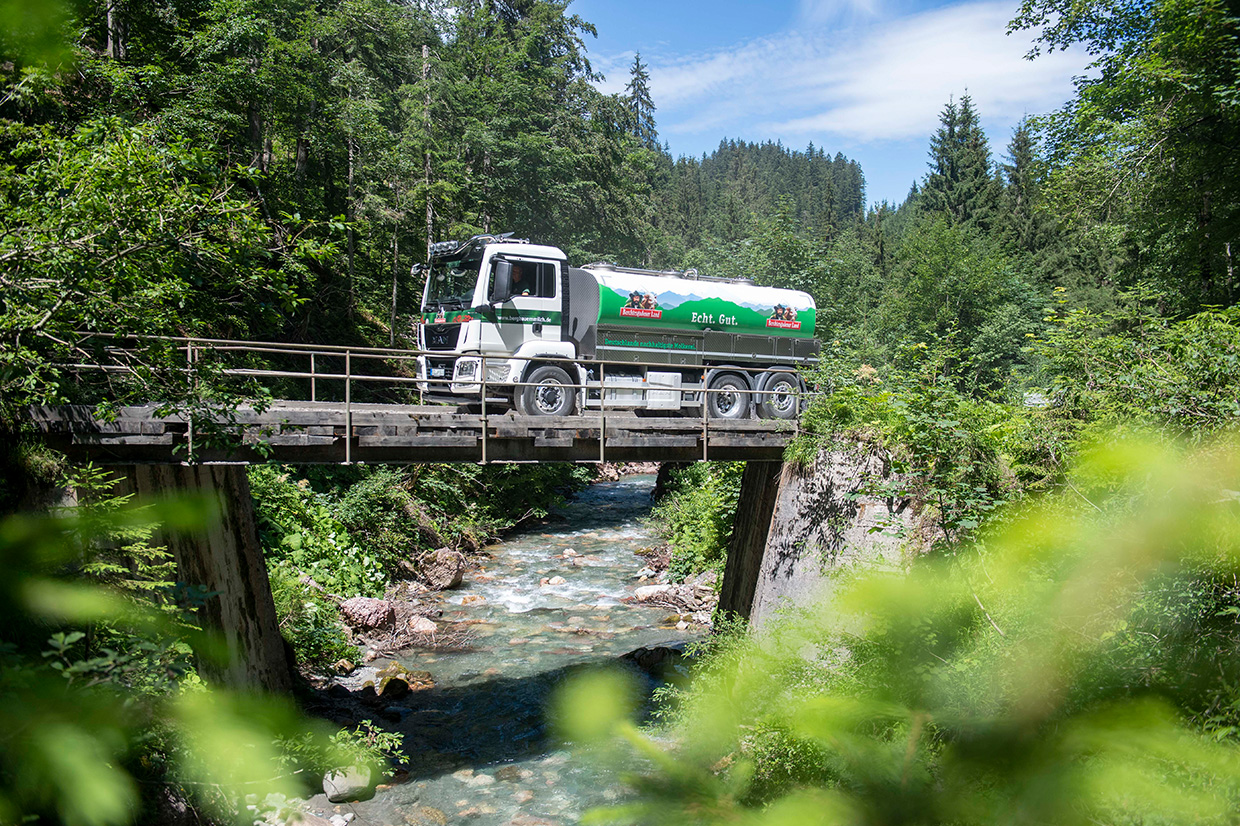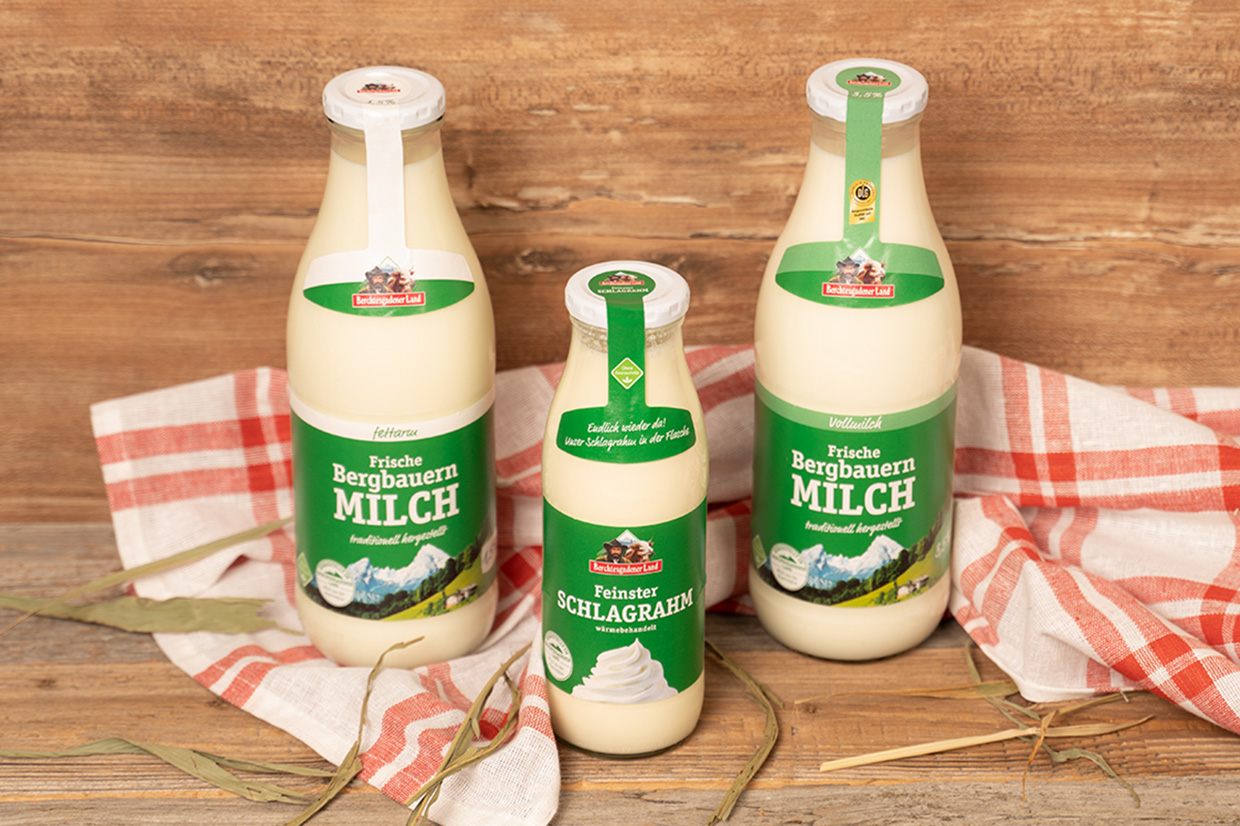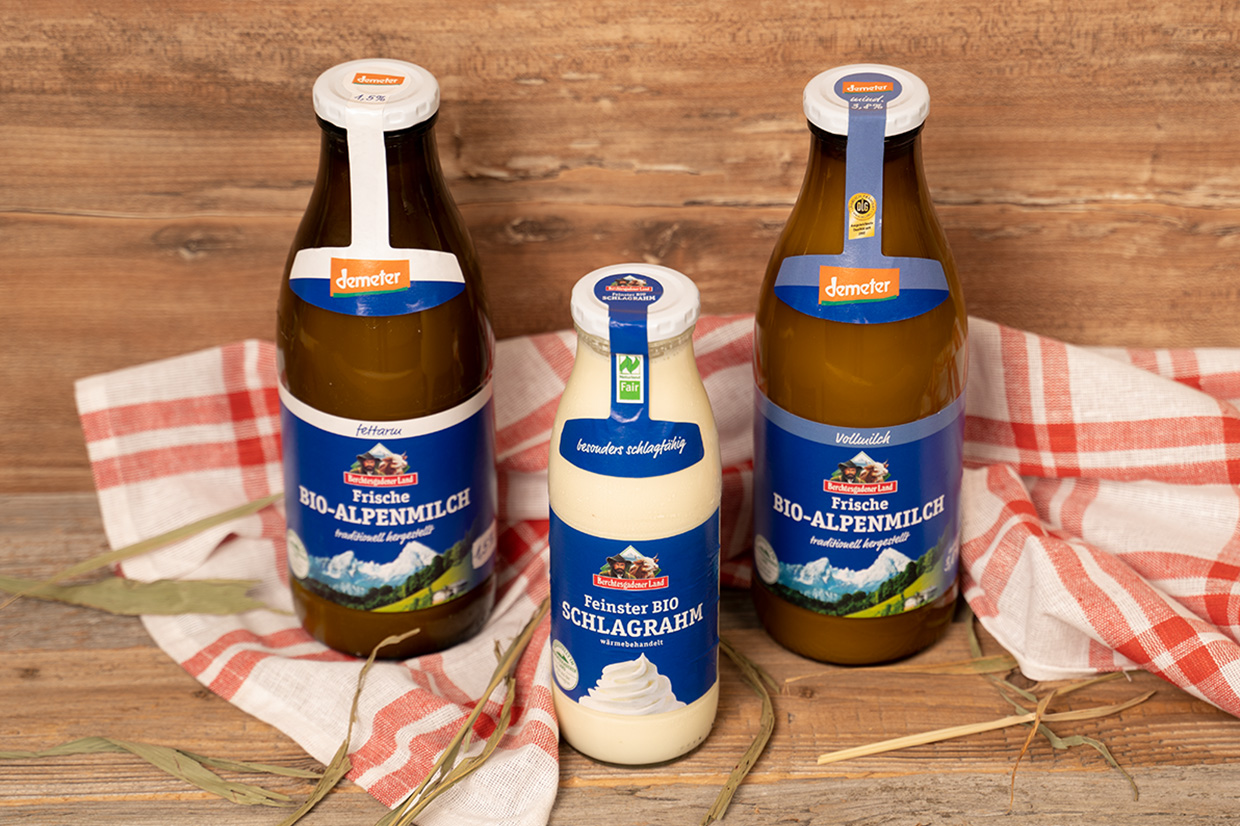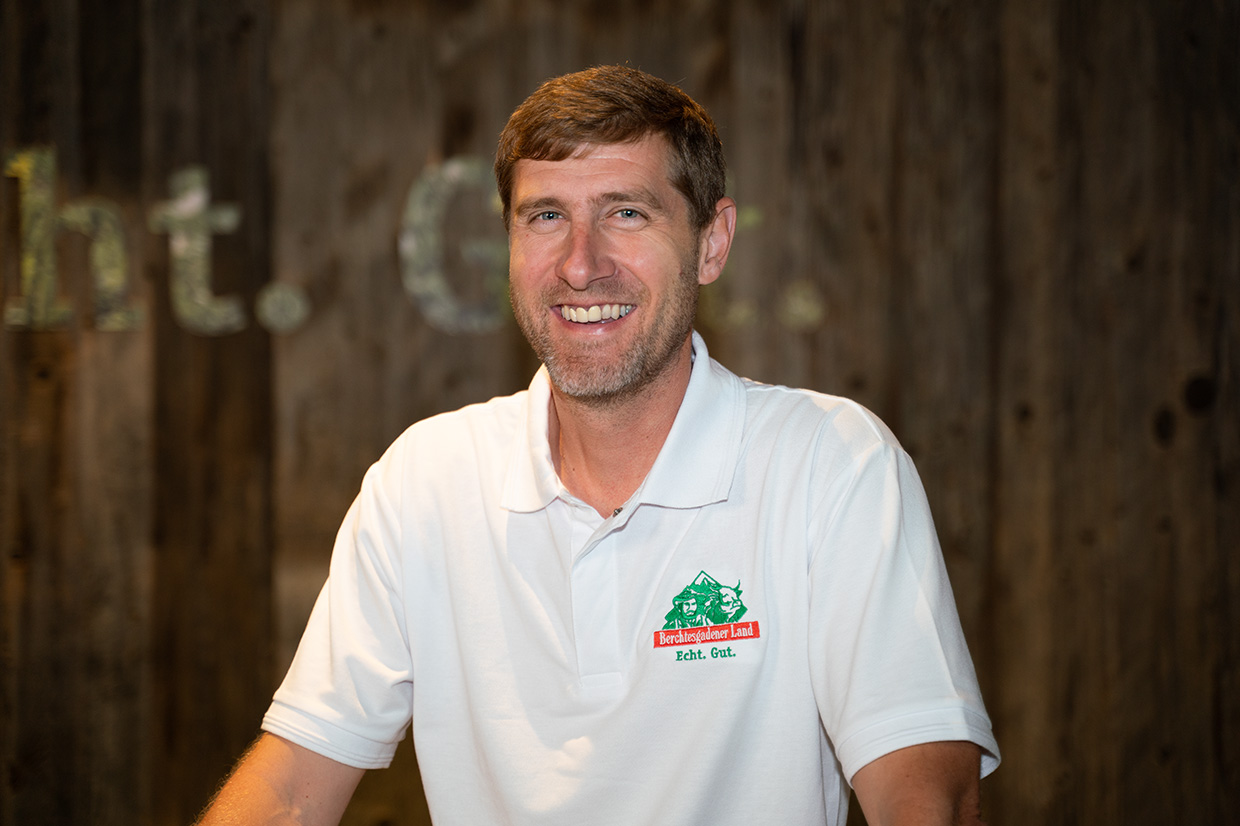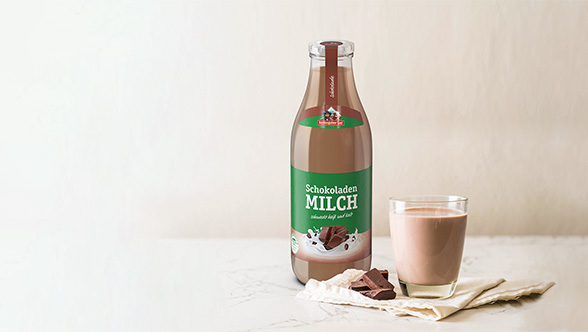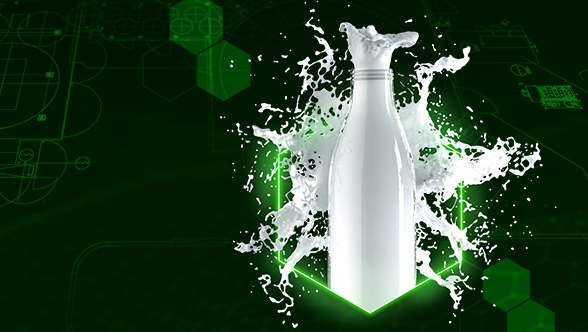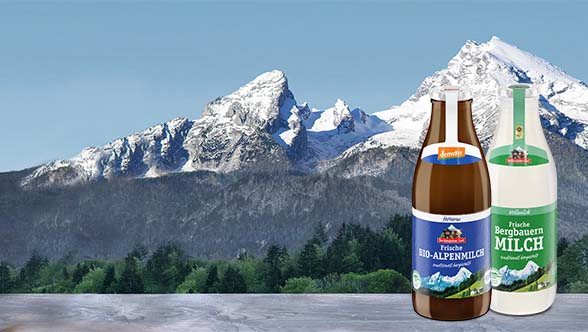‘The cows are our key staff,’ say the folks at the Berchtesgadener Land dairy. And you immediately notice that they mean it. A life-size plush cow stands in the reception lobby of the modern, welcoming administration building, and in the seating area you feel a bit as if you were sitting on a mountain pasture. Large photos on screens in the canteen showcase cows in artful settings, and in the meeting room cow bells are used as lamp shades.
Everything here revolves around the cows, or to be more precise their milk, which is supplied by the approximately 1,800 farmers who own the cooperative. When you talk to the people working for the dairy, you cannot help but notice the deep sense of attachment they feel to “their” farmers and the top-quality milk they supply. The cooperative’s paramount business target is clearly perceptible: to preserve the existence of their farms, by fetching the best-possible milk price with high-grade products and smart marketing. The key priority is to preserve the smallholdings in the mountainous area between Watzmann and Zugspitze, in particular, where the average farm has 27 cows. They’d do almost anything here for their mountain farmers, even if that means driving a milk collection truck along winding mountain tracks to pastures located at elevations above 1,000 metres. They do that every other day in the summer season when the cows are up there.
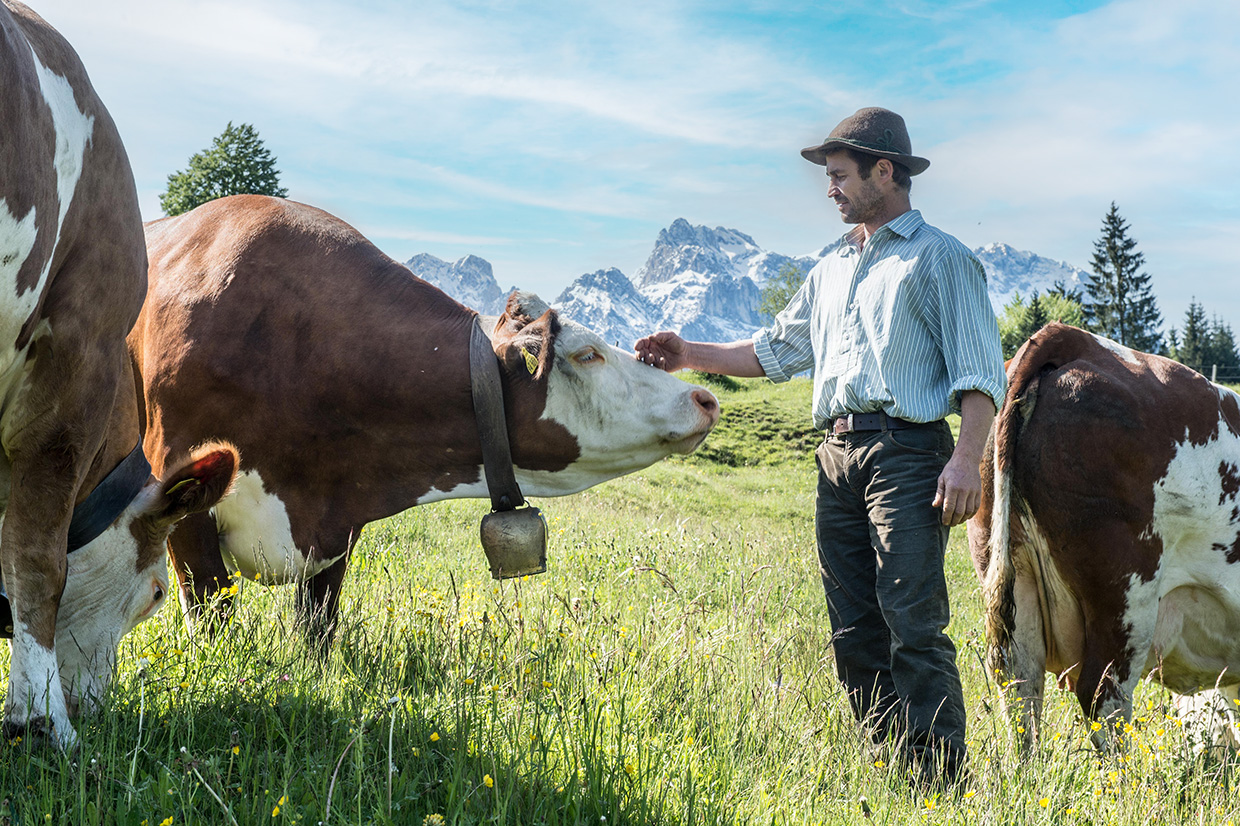
Berchtesgadener Land

